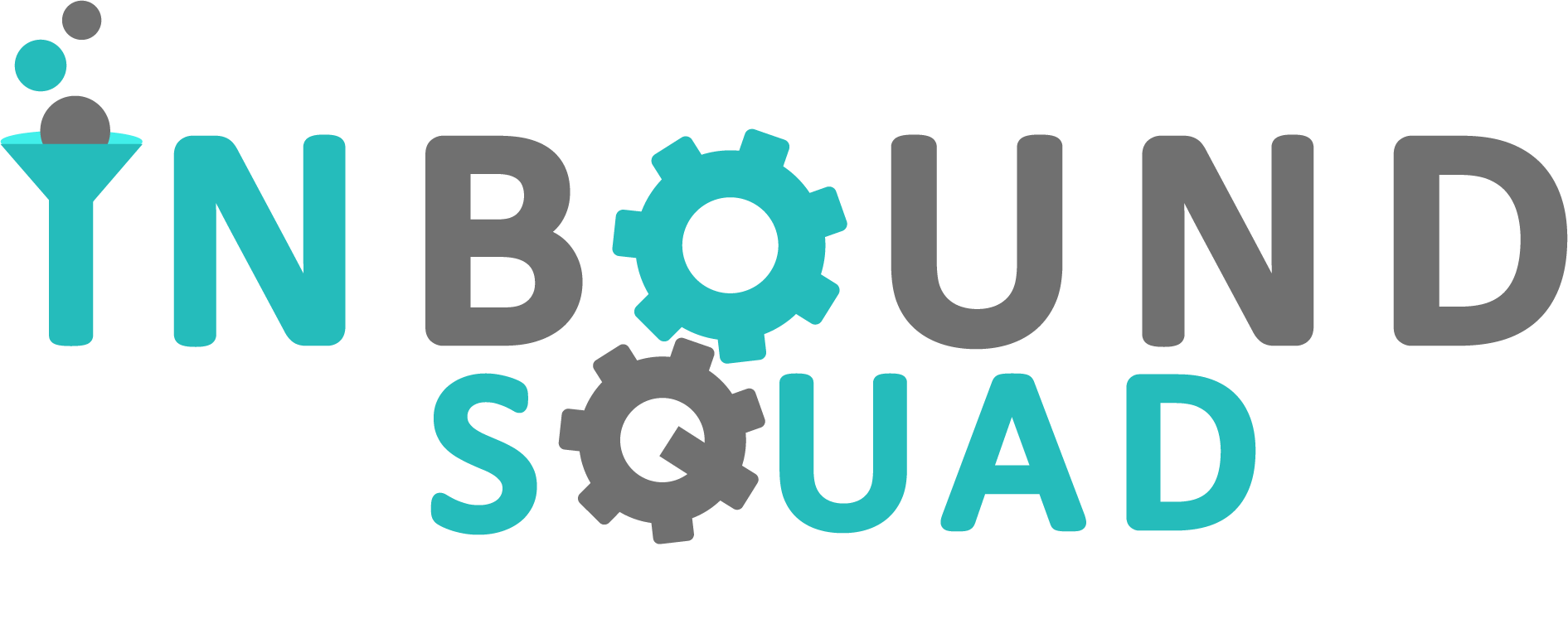
To define SEO or search engine optimization, this cost-effective strategy can be described as a popular and effective inbound marketing tactic that focuses on generating visibility for your company online through organic search engine results, these results are based on keywords and phrases used by the searcher.
What Does This Mean?
SEO looks for keywords and links within your content, crawls the web page, and determines your ranking in the search engine results based on factors such as relevancy, authority, and credibility. In 1999, it took Google up to an entire month to crawl and index give or take 50 million pages – by 2012, it took less than one minute! The ultimate goal of SEO is to provide the user with the best possible content for what they’re looking for, making it your job to provide the best possible content in order to rank.
This came about in a big way with the 2013 launch of Google’s well-known Hummingbird algorithm, which gave writers the opportunity to use more natural language in their websites and online marketing, instead of being restricted to forced, awkward keywords. Named after the speed and accuracy of its namesake, this algorithm favours context over basic keywords.
Do I Really Need SEO?
SEO does so much more than just optimize you in a keyword search. Everyone uses search engines – when they’re looking for a new restaurant to try, searching for directions in a new city, or online shopping for a specific item. Why not capitalize on this with a great online marketing strategy? There are 3.5 billion searches per day on Google alone, equating to around 1.2 trillion searches per year. Here are just a few main benefits of utilizing SEO in your long-term marketing plan.

SEO Builds Trust and Credibility
If you’re looking for information, which link do you usually click on the search results page after entering your keywords? Most would feel naturally compelled to choose the first link, as it appears to be the most credible source of information.
This study conducted by Chitika Insights detailed that over 60 percent of users click one of the first three results in Google. Unless you’re ranking among the top three spots, you’re losing out on a sizable percentage of internet traffic.
How do you think it will look to your potential clients if you’re the first result in Google? They’ll undoubtedly find this extremely promising, and be more trusting of the content you’re providing them with. Ranking well on Google assigns immediate credibility to your company, leading to increased conversions, along with an increased ROI.

In saying this, it isn’t all butterflies and rainbows; achieving a ranking in the top three results proves to be increasingly difficult, and maintaining it is even harder. SEO is extremely competitive, and in order to be at the top, you need to be consistent and precise with the utilization of your SEO strategy.
Drives Organic Traffic and Increases Visibility Online
Now that we’ve touched on the subject of ranking highly in the search results, using SEO in your marketing strategy also has the potential to positively impact the amount of website traffic you receive and your general visibility, both in a significant way. This is largely due to whatever ranking you achieve and is for obvious reasons.
Driving organic traffic through SEO is far more cost-effective than utilizing paid search, and the payoff from being a relevant, or the most relevant, option in the search results is quite huge.
If browsers have been directed to your website because your content or services can fulfill their exact current needs, this qualifies this potential lead far more quickly than the alternative. There’s a much higher chance of converting if your browsers have been directed to you naturally, with a higher level of trust instilled due to you residing within the first page of the search results.
What’s the point of having a well-designed website if your prospects are unable to locate it? Your company name and/or services could be searched for with precise spelling, but if other companies utilize similar keywords with much stronger SEO, you could potentially fall far down the results page. This could entail losing out to the competition if they’re optimized by the search engine, or wasting a large percentage of your marketing budget on effective website design, only to have it go unnoticed and untouched.
Improves Social Sharing
Now that we’ve begun to strategically direct traffic to your website, we can utilize this and take it one step further with increasing your social sharing. Your SEO strategy has increased internet traffic for your company website, so why not take down two birds with one stone and also direct them to your social media? By adding clickable social icons for your Twitter, Facebook, Instagram, LinkedIn, and Pinterest accounts within your website, users will be able to navigate to these pages with ease, exposing them to more of your content, or encouraging them to share your website with their own following.

If you’re going to be steering potential clients in the direction of your social media, you’ll want to ensure that your social media platforms have been completed with all of your contact information, company information, mission statement, along with the regular posting of unique, industry-specific content. If you have been neglecting to maintain the relevancy of your accounts by being consistent with posting content, it may be in your best interests to refrain from adding your social media to your website until all platforms have gotten the necessary attention. This step is intended to promote your company’s content, not confuse the prospect with an essentially blank Facebook, Twitter, or LinkedIn page, making you appear inactive and absent.
Keeps You Competitive
Your competitors have most likely implemented long-term SEO strategies due to their effective nature, and if they have, this means they could be increasing their lead generation while yours declines due to a lack of online marketing.
Not only do you require SEO to rank well at all in search results, but you also need to be well ahead of the curve in order to remain ahead of the competition. Research and acquire a deep understanding of the keywords that your customers and future clients use, and prepare content to target that. Staying competitive strongly revolves around a commitment to your own long-term SEO strategy, the maintenance of it, and constantly evolving to accommodate new trends in the industry. Chances are that unless you’re a big brand name, people won’t be searching for your company directly – this presents the need to capitalize on popular keywords to optimize your business on the page.
It seems like a lot of work, but it’s so worth the time and effort. SEO spending is forecasted to increase to $80 billion as soon as 2020. This number is so high because, well, it works!
Drives Conversion Rates
It’s a simple numbers game – with more traffic, visibility, and interactions with your website and online content, more eyes will be on your call to action or CTA. (Which you hopefully have). With more traffic on your landing page, it just makes sense that you’ll have the potential for an increased amount of conversions, and with that, the potential for dramatically increased lead generation! After all, the purpose of SEO goes far beyond visibility; you need prospects interacting with your content, and in order to make that happen, you need to be producing content that will capture their interest and help to coax them further down the sales funnel.
Your content will have to shoulder some of this weight, along with a well-designed call to action – clicks don’t just magically appear because your SEO is strong, but they can appear with a strategy that will compliment your SEO efforts. If you’re ranked highly and have a website with credible, valuable content and information, your prospect will feel more comfortable sharing their personal/private information. This can help pave the way to conversions, but you have to do a little work to make them happen!
Establishes a Strong Online Presence
How much do you think it would help define your brand to have a strong, prominent presence online? I’ll give you a hint – it’s one of the most important things for inbound marketing! This would provide you with some much-needed visibility online, and help to increase brand recognition for your business if you’re right up there at the top of the results.
A strong online presence also makes you more accessible to your target. If they can find you with one targeted search without having to take any additional steps or perform some unwanted scrolling, this will appear more credible than finding your name buried in multiple pages of results. There’s still work to be done from here, but being strongly presented as a professional in your industry is an important first step!
Provides Opportunities to Repurpose Successful Content
So, you’ve created great blog posts that have generated a sizable amount of traffic for your website. You’ve also, like most other companies, created content that didn’t exactly do as well, and only generated passable numbers. When it comes to repurposing, do you choose the posts that have exceeded expectations already, or the posts that you feel didn’t reach their full potential?
I hope that you chose the first option! You should always be choosing your best and brightest content to repurpose. If you have a few blogs that performed exceedingly well, you have a good amount of assurance that they’ll do well again! It may cross your mind to repurpose the content you feel could have performed better, but if it was found less than favourable by your prospects, you won’t want to irritate them or lose their interest by shelling it out a second time.

So, choose your successful pieces, and update them as needed – select new imagery, create new infographics to display new industry information, and update the existing information if it needs to be done. Find new studies and developments in the industry and link to them, or consider creating infographics out of the content you’ve already done a substantial amount of writing about – get creative with it if you want to successfully boost your SEO, and continue to bring consistent traffic to your page, and your content!
Remember to indicate the date the blog was updated so it doesn’t appear that you’re just sharing old content, hoping something will stick – you want old and new readers to know that your information is both fresh and extremely relevant!
Make sure when you’re repurposing your content that you’re editing it for all social media platforms. You wouldn’t post a long-winded, 2,000-word article on Instagram – no one would read it. We know that Instagram is centralized around thought-provoking imagery, and you need to make your blog(s) suit this dynamic!
Helps with Link Building
This is huge for SEO. Link building is, simply put, the process of having other, preferably credible, websites link back to yours. Why? Google’s search engine algorithm perceives having linked sources to be a sign of credibility and will recognize your website as a quality citation. I don’t think I need to stress the importance of this, but I will!
SEO is all about visibility online, but we need your audience to see some level of credibility, too. You can write blogs or articles and publish them endlessly into the void, or you can strengthen them with credible links to achieve a high ranking. Which sounds better, not to mention more profitable? Think linking back to Hubspot, or The New York Times – see what I did there?
If your prospects trust you and your content, your SEO strategy has already paid off in at least one way – trust builds strong business relationships and gives room for growth.
If you don’t have an SEO strategy yet, we hope you’ll consider one now after learning about all the benefits, not to mention the overwhelming reasons to implement a strategy now. (Or preferably, yesterday).
If you need help reaching the clientele you want, we’re here to help!




